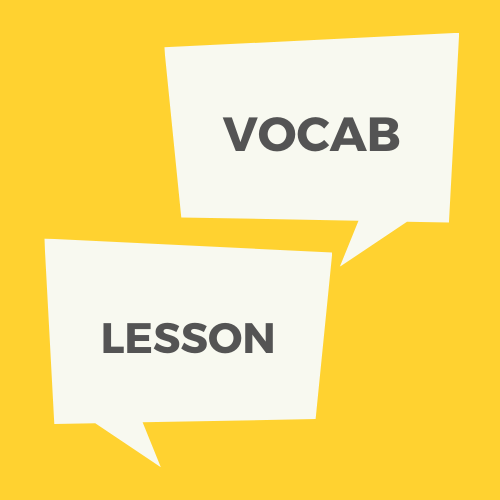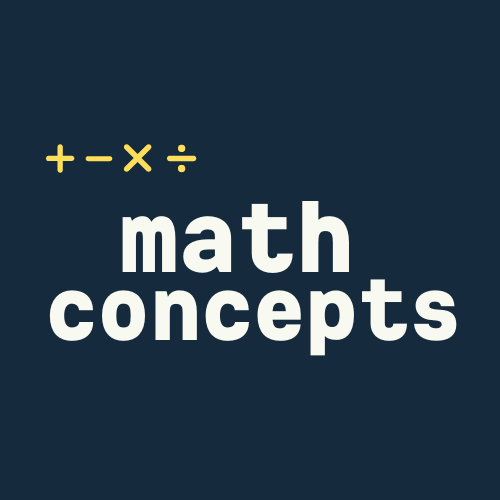Composite Shapes
Use shapes to create petroglyphs.
Overview
Create composite shapes out of component shapes.
Materials
Goals
Objectives
Common Core State Standards
Next Generation Science Standards
Materials
Vocabulary Lesson
Computer or other device with speakers + internet
Math Concepts Lesson
- Computer or other device with speakers + internet
Exploration Activity
- Computer or other device with speakers + internet
Discovery Lesson
- computer or other device with speakers + internet
- modeling clay or playdough
- sharpened pencil with eraser
Goals
- Practice the vocabulary words for this lesson.
- Learn how composite shapes are used to create component shapes.
- Create composite shapes using component shapes.
- Learn about ancient Hawaiian petroglyphs.
- Understand that petroglyphs are composite shapes.
- Carve petroglyph designs into clay.
Objectives
- Learn to pronounce composite shape, component shape, hexagon, triangle, trapezoid, and rhombus.
- See examples of how to put component shapes together to create composite shapes.
- Use online pattern blocks to create composite shapes.
- Practice identifying shapes used to create petroglyphs.
- Carve component shapes to create composite shapes.
Common Core State Standards
CCSS.MATH.CONTENT.1.G.A.2
Compose two-dimensional shapes (rectangles, squares, trapezoids, triangles, half-circles, and quarter-circles) or three-dimensional shapes (cubes, right rectangular prisms, right circular cones, and right circular cylinders) to create a composite shape, and compose new shapes from the composite shape.1
CCSS.MATH.CONTENT.K.G.A.2
Correctly name shapes regardless of their orientations or overall size.
CCSS.MATH.CONTENT.K.G.B.6
Compose simple shapes to form larger shapes.
CCSS.Math.Content.K.MD.A.2
Directly compare two objects with a measurable attribute in common, to see which object has “more of”/”less of” the attribute, and describe the difference. For example, directly compare the heights of two children and describe one child as taller/shorter.
CCSS.Math.Content.K.MD.B.3
Classify objects into given categories; count the numbers of objects in each category and sort the categories by count.
Next Generation Science Standards
K-LS1-1
Scientists look for patterns and order when making observations about the world.




